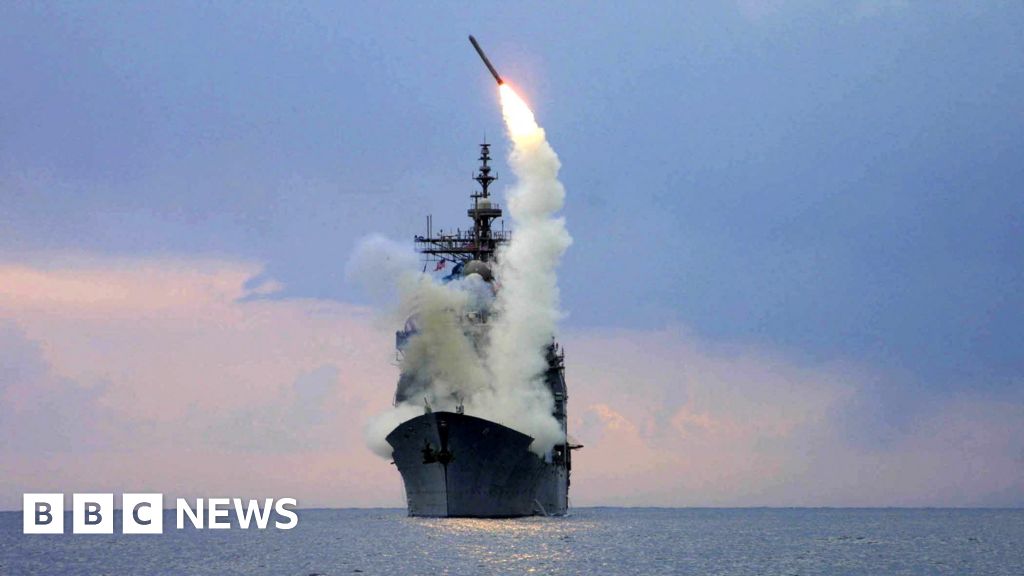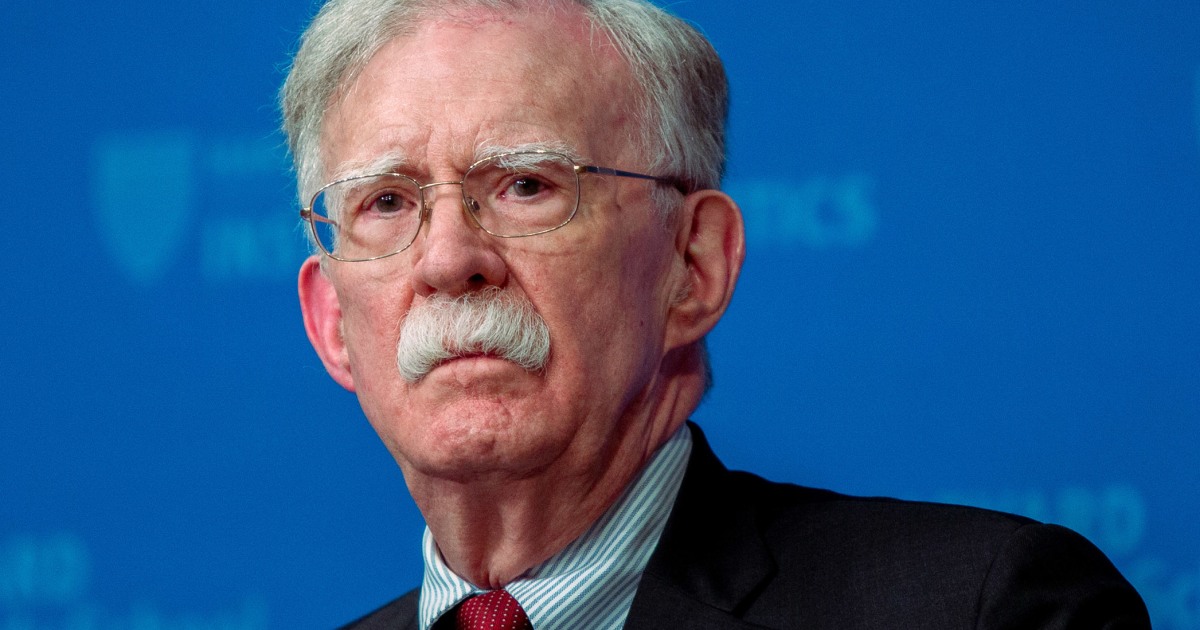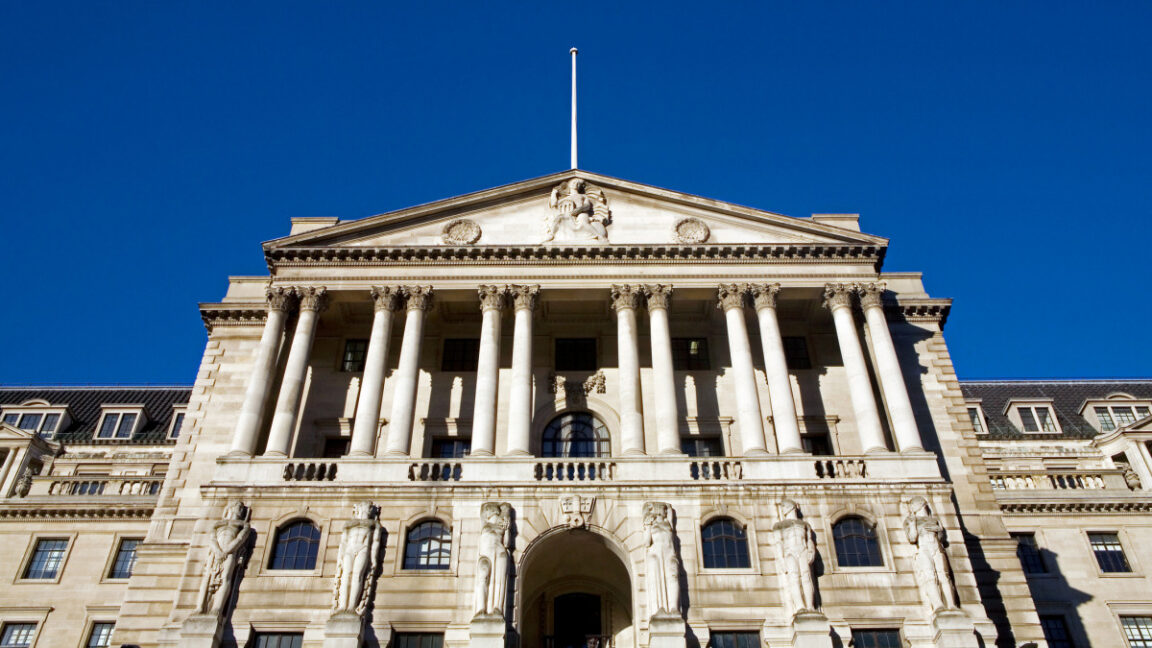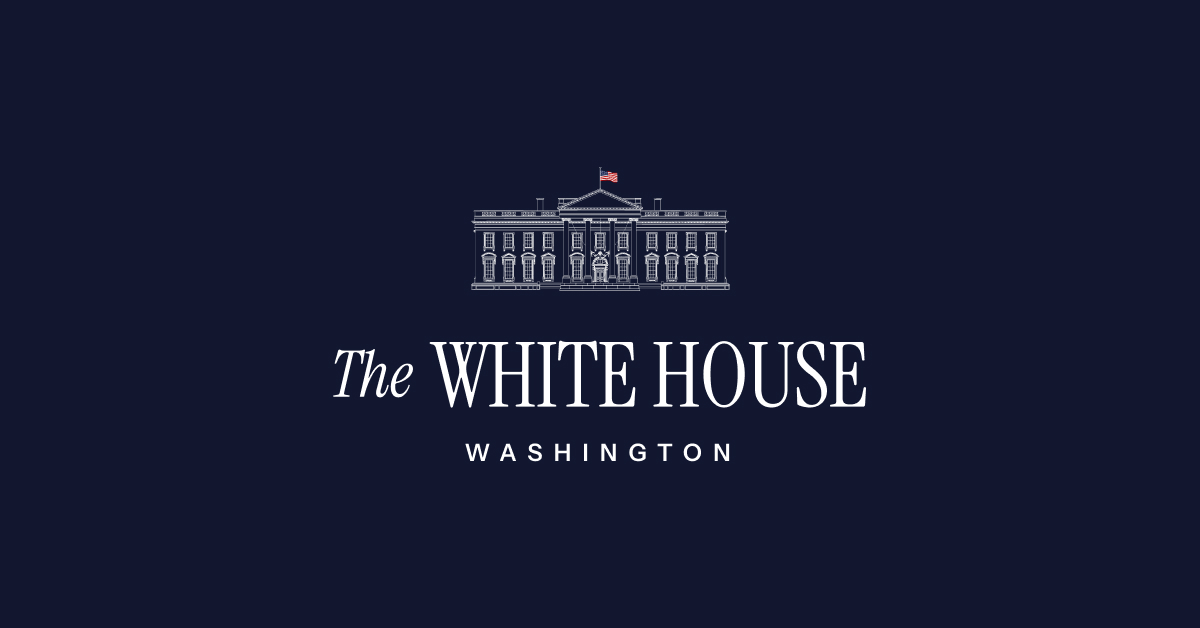JPMorgan Chase Bets $10 Billion on National Security-Driven Tech and Manufacturing
#national_security #finance #geopolitics #cybersecurity #supply_chain

JPMorgan Chase’s Strategic Investment
JPMorgan Chase recently announced a $10 billion investment aimed at industries vital to U.S. national security. This bold commitment reflects the bank’s proactive approach to aligning its business with broader geopolitical concerns. At a time when tensions between the U.S. and China are intensifying, prioritizing sectors that support national interests has become crucial for both economic stability and security.
Focus Areas and National Interests
The investment targets emerging technologies and critical infrastructure, including cybersecurity, advanced manufacturing, and supply chain resilience. By channeling funds into these areas, JPMorgan Chase hopes to strengthen domestic capabilities and reduce reliance on foreign dependencies. This initiative also signals a shift in corporate responsibility, where financial institutions play a pivotal role in national defense beyond traditional banking activities.
Broader Implications
JPMorgan’s move may encourage other financial giants to follow suit, fostering a collaborative effort to safeguard strategic industries. This investment not only supports economic growth but also reinforces U.S. competitiveness in a rapidly evolving global landscape marked by geopolitical uncertainties and technological advancements.
About the Organizations Mentioned
JPMorgan Chase
JPMorgan Chase & Co. stands as a titan of global finance, recognized as the largest bank in the United States by assets and the world’s biggest by market capitalization as of 2024[2][4]. Headquartered in New York City, it operates in over 100 countries, employs approximately 300,000 people, and manages assets nearing $4 trillion[4][5]. The firm’s vast suite of services spans consumer and commercial banking, investment banking, asset management, and financial technology, serving millions of individuals, businesses, and institutions worldwide[2][5]. The organization’s storied history dates to 1799, when The Manhattan Company was founded—initially as a water utility to address New York City’s dire need for clean water, but with a clever provision by Aaron Burr that allowed it to open a bank, the Bank of The Manhattan Company[1][3]. This innovative twist laid the foundation for what would become one of the world’s most influential financial institutions. Over more than two centuries, JPMorgan Chase grew through a series of landmark mergers and acquisitions, including the 1955 union of The Bank of The Manhattan Company with Chase National Bank to form Chase Manhattan Bank, and the 2000 merger of JPMorgan & Co. and Chase Manhattan Corporation to create JPMorgan Chase & Co.[1][3]. Subsequent acquisitions, such as Bank One in 2004 and the distressed assets of Bear Stearns and Washington Mutual during the 2008 financial crisis, further cemented its dominance[2]. In 2023, it acquired First Republic Bank after its collapse, underscoring its role as a stabilizing force during financial turmoil[2]. JPMorgan Chase’s achievements are both historic and contemporary. It played a pivotal role in stabilizing the U.S. economy during the panics of 1893 and 1907, and its leadership under CEO Jamie Dimon has been widely praised for navigating the global








